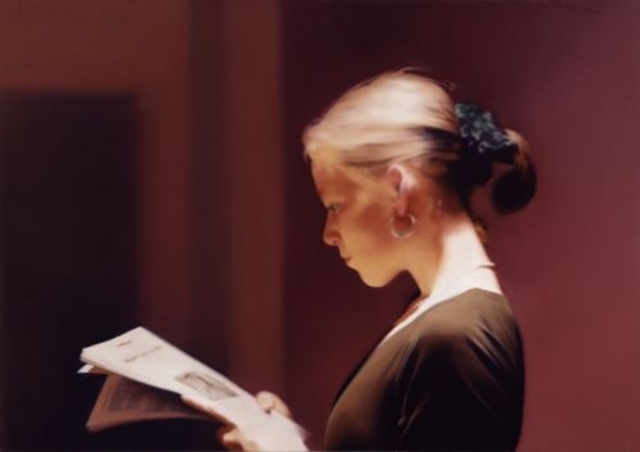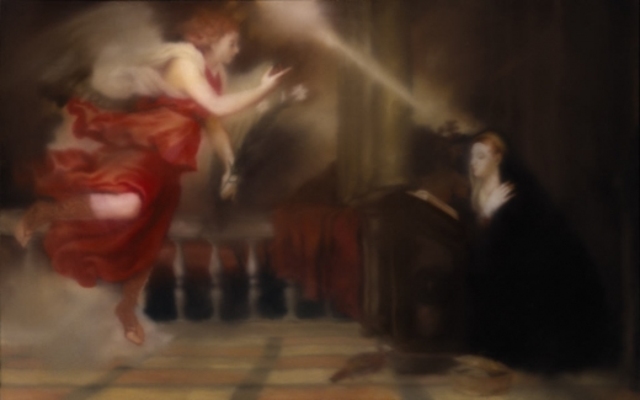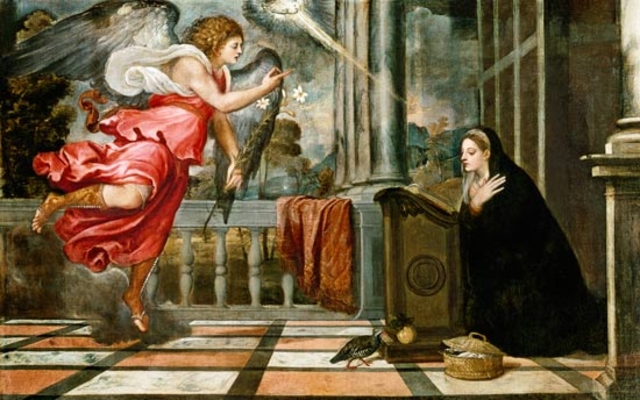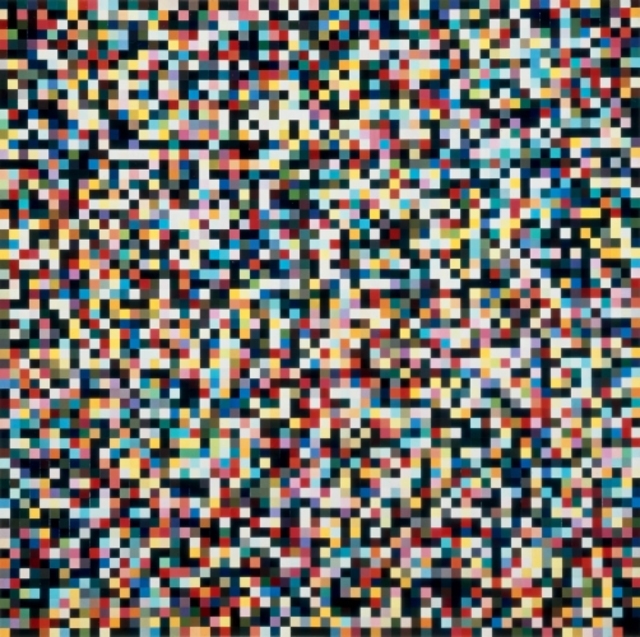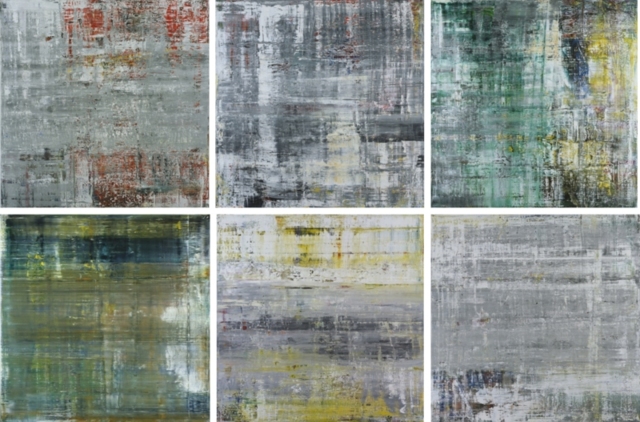04/02/2012 Gerhard Richter: Panorama
RSS Feed ~ Comment: by email - on Twitter ~ Share: Twitter - Facebook - Linked In - Google+ - Permanent link
A large retrospective of Gerhard Richter (1932 - ) is currently touring in Europe, from the 12 of February to the 13 of May at the Neue Nationalgalerie and then from the 6 of June to the 24 of September at the Centre Pompidou in Paris. I had the chance to visit the first date of the tour at the London Modern Tate.
I had the opportunity to largely discover Gerhard Richter's portraits two years ago. It was an highly influenciential moment for my practice of portrait photography, missing out this exhibition tour stop in London wasn't an option for me.
"The Reader" is a good illutration of how Gerhard Richter fades the boundary between painting and photography. In this piece, like in all of his portrait, he created his painting from a photograph which gives this in between look to his representation of modern life.
One of the most remarcable work exposed was "Annunciation after Titian" which is built with the same process than his portrait but based on a painting. He actually explored through multiple experiments where to set the bluriness boundary using different levels of figuration and abtraction.
The most inspirational aspect was for me the color charts. There is a part of simplicity in just enjoying a flat color or how a color comes together with its neighbours. Also, there is something about the distribution of the colors and the process for choosing which color belong to which case. After some experiments I did by myself, I realized that figuring out which color belong to which box is pretty challenging and random distribution a bitch. This is a rule of probability but even if a case is unlikely to happen, it might happen!
I would like to finish with the experiment "Cage" composed by six pieces designed for him to explore the evolution of his mood over a long period of time.
The work of Gerhard Richter offers a great variety that only seeing the exhibition can reflect. I still can't decide which exhibition between this exhibition and the René Magritte exhibition was my favorite in 2011 but it is on top of my recommendations in 2012 for people passing by Berlin or Paris.
